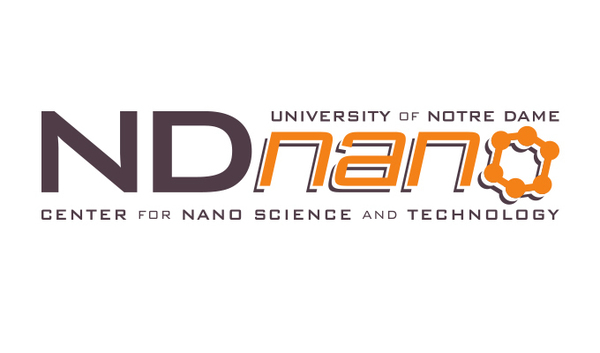
Cameras, telescopes and microscopes are everyday examples of optical devices that measure and manipulate electromagnetic radiation [light]. Being able to control the light in such devices provides the user with more information through a much better “picture” of what is occurring through the lens. The more information one can glean, the better the next generation of devices can become. Similarly, controlling light on small scales could lead to improved optical sources for applications that span health, homeland security and industry. This is what a team of researchers, led by Anthony Hoffman, assistant professor of electrical engineering and researcher in the University’s Center for Nano Science and Technology (NDnano), has been pursuing. Their findings were recently published in the June 19 issue of ACS Photonics.
In fact, the team has fabricated and characterized sub-diffraction mid-infrared resonators using all-semiconductor hyperbolic metamaterials (HMMs) that confine light to extremely small volumes — thousands of times smaller than common materials.

HMMs combine the properties of metals, which are excellent conductors, and dielectrics, which are insulators, to realize artificial optical materials with properties that are very difficult, even impossible, to find naturally. These unusual properties may elucidate the quantum mechanical interactions between light and matter at the nanoscale while giving researchers a powerful tool to control and engineer these light-matter interactions for new optical devices and materials.
Hoffman’s team engineered these desired properties in the HMMs by growing them via molecular beam epitaxy using III-V semiconductor materials routinely used for high-performance optoelectronic devices, such as lasers and detectors. Layers of Si-doped InGaAs and intrinsic AlInAs were placed on top of one another, with a single layer being 50 nm thick. The total thickness of the HMM was 1μm, about 100 times smaller than the width of a human hair.
The nanoresonators were produced by Kaijun Feng, graduate student in the Department of Electrical Engineering, using state-of-the-art fabrication equipment in Notre Dame’s Nanofabrication Facility. The devices were then characterized in Hoffman’s laboratory using a variety of spectroscopic techniques.

“What is particularly exciting about this work,” says Hoffman, “is that we have found a way to squeeze light into small volumes using a mature semiconductor technology. In addition to being able to employ these nanoresonators to generate mid-infrared light, we believe that these new sources could have significant application in the mid-infrared portion of the spectrum, which is used for optical sensing across areas such as medicine, environmental monitoring, industrial process control and defense. We are also excited about the possibility of utilizing these nanoresonators to study interactions between light and matter that previously have not been possible.”
Originally published by at conductorshare.nd.edu on June 23, 2017.